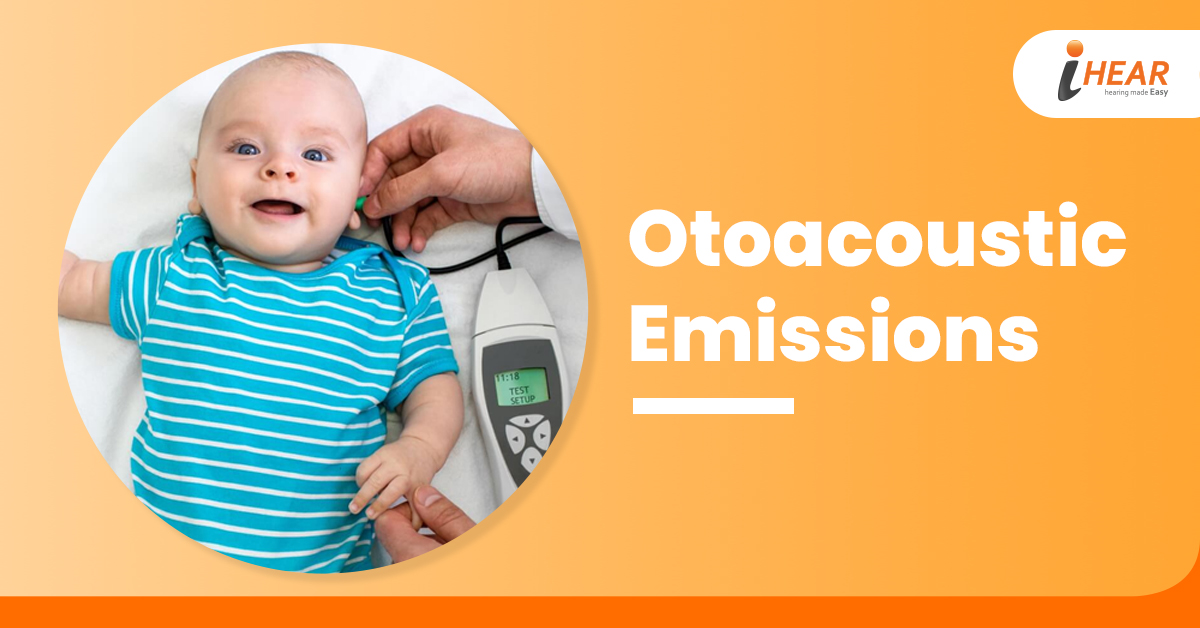Otoacoustic Emissions
Otoacoustic Emission
An otoacoustic emission (OAE) may be a sound that is generated from among the internal ear. Broadly speaking, there are 2 forms of otoacoustic emissions: spontaneous otoacoustic emissions (SOAEs), which may occur while not external stimulation, and induced otoacoustic emissions (EOAEs), that need Associate in nursing evoking stimulant.
About OAEs
Our ear is formed of 3 parts—the outer, the middle, and also the internal ear. The OAE takes a look to seek out how well our internal ear, or cochlea, works. It measures otoacoustic emissions. These sounds are given off by the internal ear once responding to a sound. There are hair cells within the internal ear that answer sound by moving. The vibration produces an awfully quiet sound that echoes into the centre ear. This sound is that the OAE that’s measured.
If one has normal hearing, he can produce OAEs. If the hearing disorder is bigger than 25–30 decibels (dB), these soft sounds aren’t produced.
This takes a look to see if there’s a blockage in our outer or tympanic cavity. If there’s a blockage, no sounds are going to be able to get through to the internal ear. This implies that there will be no vibration or sounds that return.
How the OAE is finished
A small earpiece, or probe, is placed in your ear. The probe puts sounds into your ear and measures the sounds that return. You do not need to do anything or say something throughout the test. The person doing the test will see the results on the monitor screen. The OAE test is usually a part of a new-born hearing screening program.
Clinical importance
Otoacoustic emissions are clinically vital as they are a result of a straightforward, non-invasive test for detecting hearing defects in new-born infants and in kids who are too young to cooperate in typical hearing tests. Several western countries currently have national programmes for the universal hearing screening of new-born babies. The first screening tool may be a test for the presence of a click-evoked OAE. Otoacoustic emissions additionally assist in medical diagnosis of tube-shaped structure (cochlear implants) and better level hearing losses (e.g., modality neuropathy). In conjunction with audiometric testing, OAE testing will be completed to see changes within the responses.

